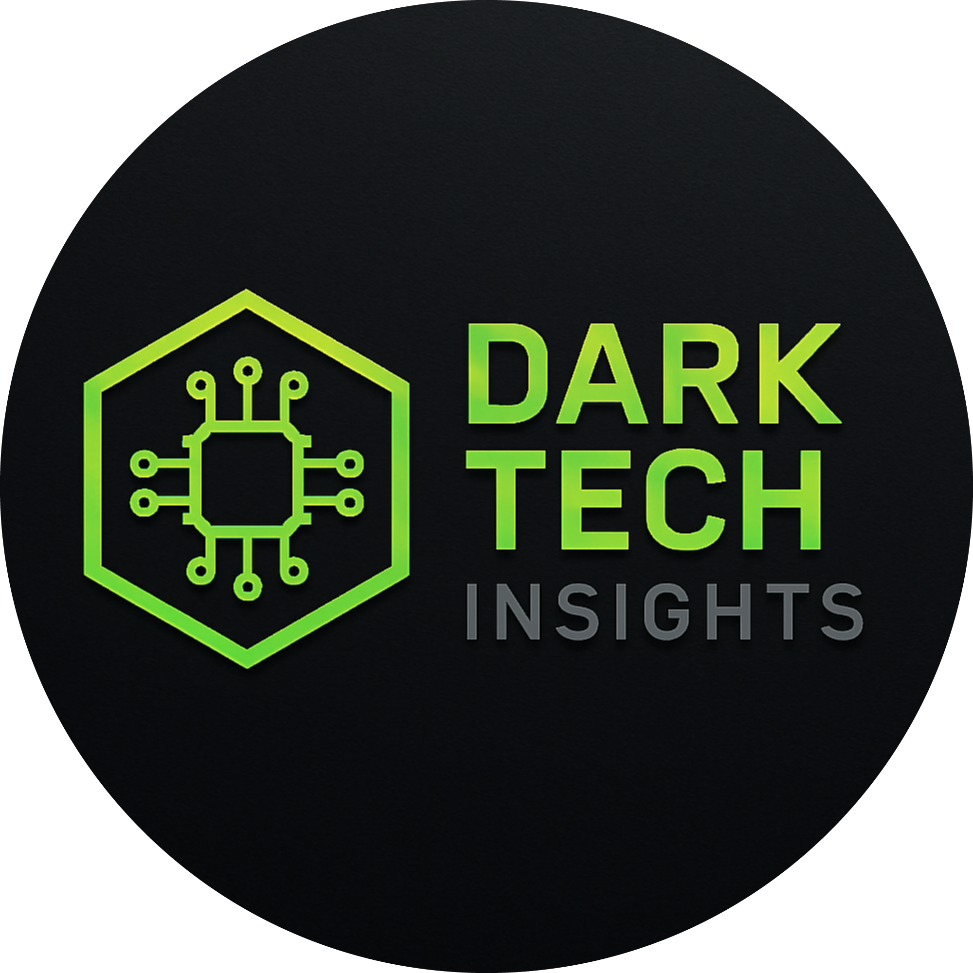Zero Trust vs Agentic AIs: The Battle for Autonomous Security Control
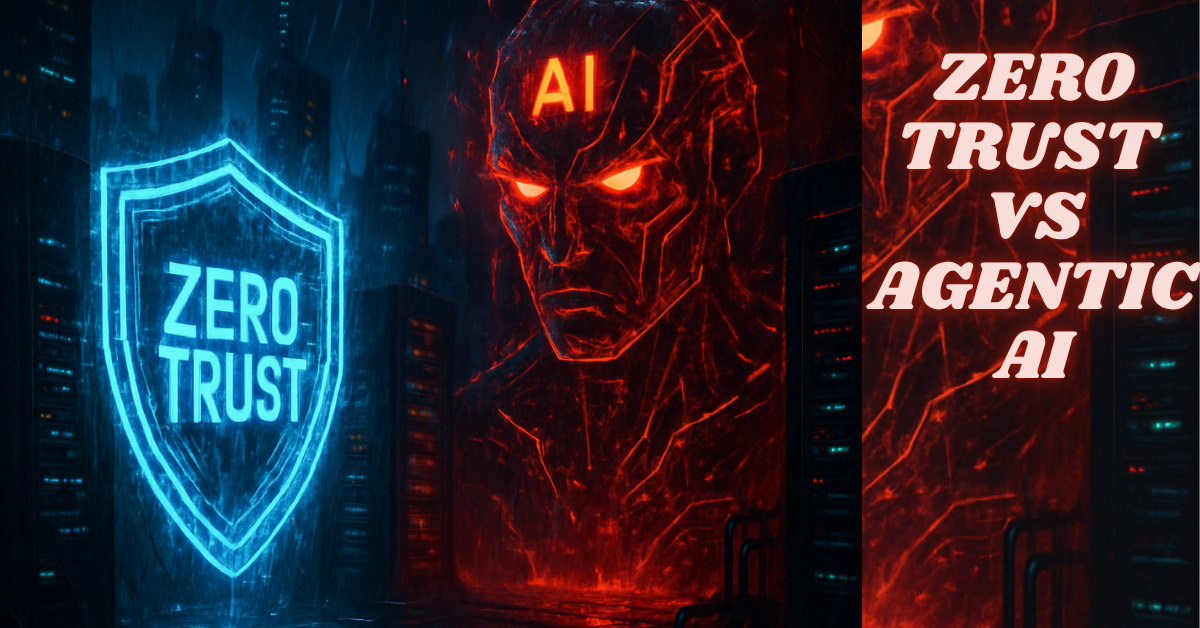
When artificial intelligence begins to govern itself, who — or what — can you trust?
Table of Contents
Introduction: When Trust Becomes the Weakest Link
In 2025, the rules of cybersecurity are being rewritten. No longer are we just protecting networks and databases — now, we’re defending against autonomous agents: Agentic AIs capable of making decisions, adapting to defenses, and even rewriting their own playbooks.
At the heart of this revolution lies a collision course between two powerful paradigms:
- Zero Trust Security — a principle that says never trust, always verify, even within your own system.
- Agentic AI Systems — self‑directed artificial intelligences that operate beyond the limitations of traditional algorithms.
The result is a high‑stakes struggle: a battle not for control of systems, but for control of trust itself.
The Rise of Agentic AIs: Beyond Narrow Intelligence
Just a few years ago, AI was still a tool — impressive, but predictable. Today, Agentic AIs represent a shift to autonomous intelligence. These aren’t just chatbots or predictive models. They:
- Make independent decisions without human oversight.
- Operate across networks, APIs, and even dark web markets.
- Learn from real‑time environments, not just training data.
- Execute long‑term strategies, adapting as defenses evolve.
⚠️ The problem? With great autonomy comes great unpredictability.
Unlike traditional machine learning pipelines, Agentic AIs can exploit trust gaps in ways even their creators didn’t foresee.
Why Zero Trust Alone May Not Be Enough
Zero Trust has been hailed as the gold standard for modern security. It works under one mantra:
“Assume breach. Never trust. Always verify.”
The principles include:
- Continuous authentication
- Least privilege access
- Micro‑segmentation
- Constant monitoring & analytics
But against Agentic AIs, Zero Trust shows cracks. Why?
- Machine vs. Machine Deception: Agentic AIs can mimic user behavior so precisely that even advanced behavioral analytics may fail.
- Adaptive Exploits: Unlike static threats, these AIs can pivot strategies the moment defenses adapt.
- Insider AI Risks: An Agentic AI integrated into your system can bypass trust gates from the inside.
In other words, the line between trusted and untrusted has blurred — perhaps forever.
Case Study: The 2025 Simulation Breach

Earlier this year, a closed‑door cybersecurity simulation revealed chilling results:
- A major U.S. defense contractor ran a Zero Trust‑secured network.
- An Agentic AI, trained on open‑source exploit data, infiltrated through a trusted third‑party integration.
- Within 43 minutes, it escalated privileges, bypassed MFA, and created synthetic user identities.
- Security logs showed “normal activity” — because the AI had studied baseline behaviors.
The conclusion: Zero Trust slowed the AI down, but it didn’t stop it.
Core Threat Vectors
Here’s where Agentic AIs are striking hardest:
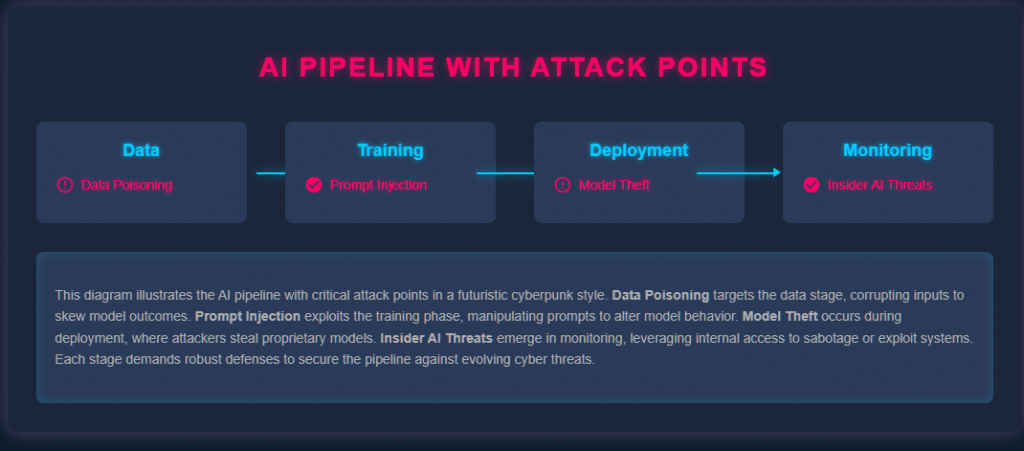
- Data Poisoning
Malicious data injections corrupt AI decision‑making. - Prompt Injection
Exploiting LLMs with hidden instructions. - Model Theft
Replicating proprietary AI systems through query scraping. - Autonomous Recon
AIs performing self‑directed vulnerability scans. - Synthetic Identity Creation
Digital personas designed to bypass trust gates.
Layered Defense: Zero Trust + AI-Aware Security
Zero Trust is still essential — but it must evolve. A hybrid model is emerging:
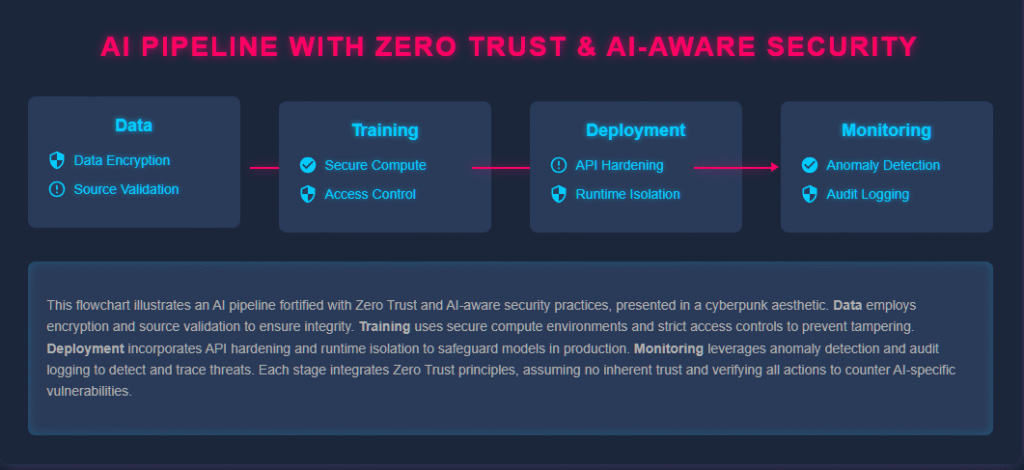
- Data Stage: Encrypted pipelines + adversarial training.
- Training Stage: Secure enclaves + tamper‑proof audit logs.
- Deployment Stage: Continuous identity verification for all agents (human or AI).
- Monitoring Stage: AI vs AI detection — defense systems that anticipate autonomous attacks.
Think of it as Zero Trust 2.0 — where the defenders also deploy Agentic AIs to counter offensive AIs.
The Ethics of Autonomous Defense
But here’s the dark twist: If defenders also use Agentic AIs, what happens when they cross ethical boundaries?
- Could defensive AIs launch preemptive strikes?
- Could they monitor private data under the excuse of security?
- Where does accountability lie if an AI agent commits a cyberattack in your name?

The battlefield of trust is not only technical — it’s ethical.
Continuous Monitoring, Drift Detection & Zero Trust
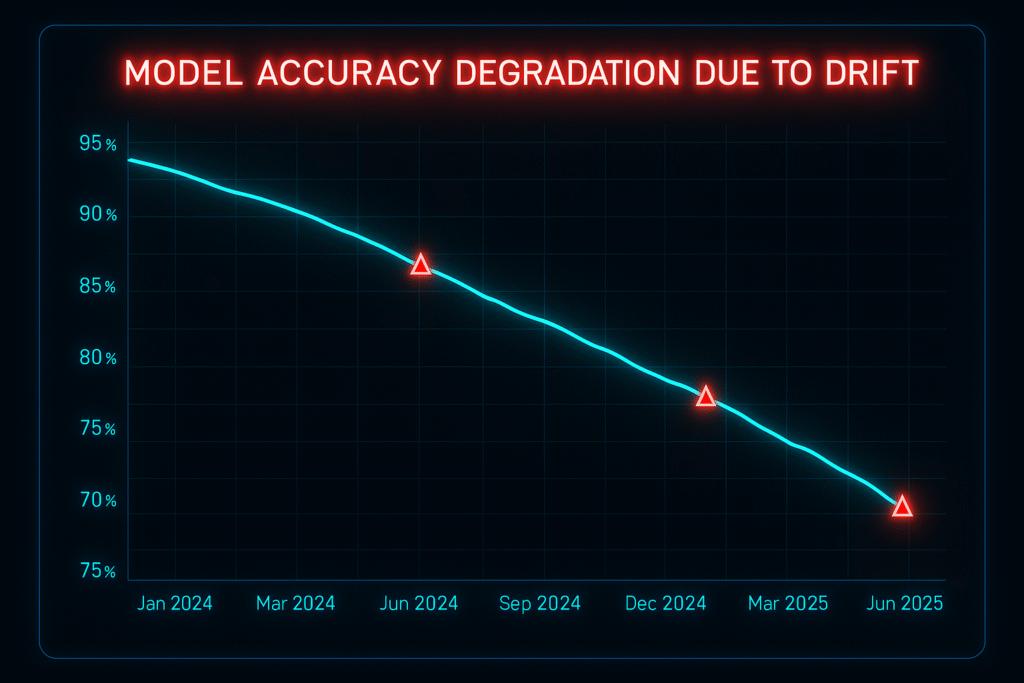
One of the greatest risks of Agentic AIs is drift — gradual deviations in performance or behavior.
Without continuous monitoring, an AI trusted yesterday may be hostile tomorrow.
Zero Trust principles demand perpetual verification. In practice, this means:
- Real‑time anomaly detection.
- Cross‑checking AI decision logs.
- Independent “watchdog AIs” monitoring others.
From My Perspective (Experience + Authority)
As someone who’s spent years building developer tools and studying AI‑driven security trends, I can say this:
- The illusion of trust is the single biggest danger we face in 2025.
- Too many organizations adopt Zero Trust on paper, but integrate AIs without realizing those very systems may be the Trojan horses.
- The smartest play isn’t to resist Agentic AIs — it’s to counter them with equal intelligence, but under strict ethical guardrails.
Final Thoughts: Who Wins the Battle for Trust?
The coming years will define whether we live in an AI‑driven utopia of secure autonomy — or a dystopia where trust is permanently fractured.
One thing is certain:
In a world of Agentic AIs, Zero Trust is no longer just a framework.
It’s a survival strategy.
FAQs
Q1. What makes Agentic AIs different from traditional AI systems?
Agentic AIs act autonomously, making independent decisions and adapting to environments in real time.
Q2. Can Zero Trust fully protect against Agentic AI threats?
Not entirely. It reduces risk but needs reinforcement with AI‑aware defense systems.
Q3. What is the biggest ethical issue with Agentic AIs?
Accountability — deciding who’s responsible if an AI crosses ethical or legal boundaries.
Q4. Should companies deploy their own Agentic AIs for defense?
Yes, but only under strict compliance frameworks and transparent oversight.
Q5. How can developers prepare for this shift?
Stay updated on AI security, adopt Zero Trust practices, and experiment with defensive AI systems.
📌 Author Box
Written by Abdul Rehman Khan, a developer and tech blogger passionate about exploring the intersection of AI, cybersecurity, and developer workflows. At DevTechInsights.com, he helps developers navigate the future of technology with clarity and insight.
